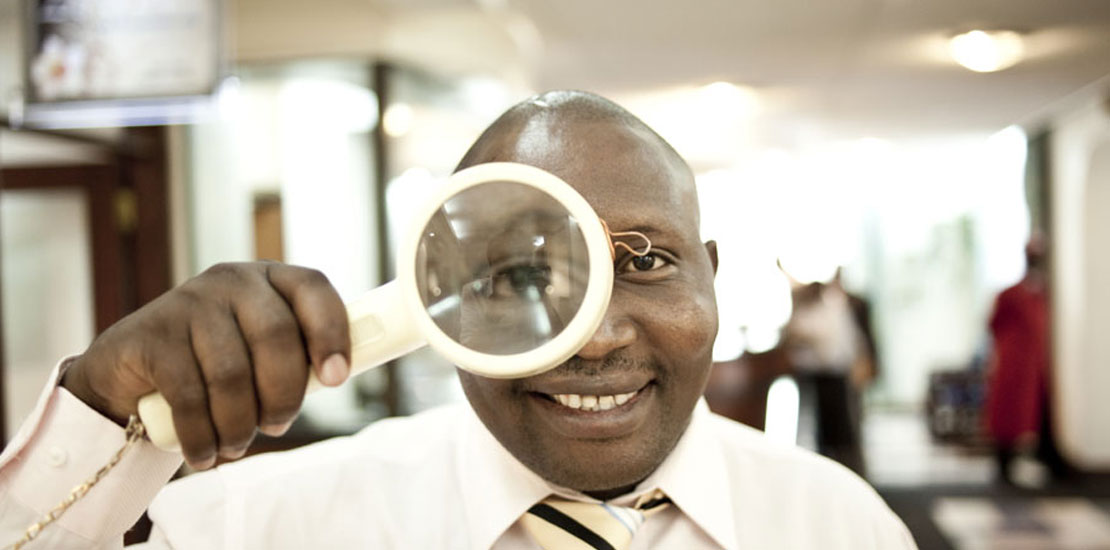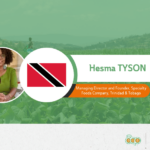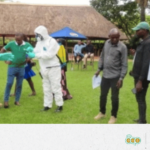Change of MRLs from the CODEX ALIMENTARIUS
- 20/07/2023
- Posted by: Gaetan Dermien
- Category: ACP EN

A review of key Codex MRL changes in 2022-2023
Every year, the use of many plant protection products is affected by changes to permitted Maximum Residue Limits (MRLs). In July 2022, MRLs were changed for 476 combinations of active substances/commodities and recently published in the report of the 53rd session of the CODEX committee on pesticide residues.
These changes often have a direct impact on producers who may need to change production methods (Good Agricultural Practices – GAP) in order to comply with the new MRLs.
It is essential for producers to keep up-to-date with MRL changes, and to make any necessary adjustments in time to ensure compliance with the regulations, either by adapting the GAP, or by using alternative control methods. Any non-compliances can lead to the interception and destruction of goods, thus causing significant financial loss as well as reputational damage.
This News focuses on key CODEX MRL changes for the ACP horticultural sector. The changes presented in Table 1 include the setting of new MRLs, and changes to previous CODEX MRLs. Note that revoked MRLs are in principle set to the Limit of Determination (LOD), in general 0.01 mg/kg.
‘Key CODEX MRL changes’ refer here to MRLs changes affecting active substances registered in one or more ACP countries for use on horticultural crops that are frequently exported regionally or internationally. While COLEAD makes every effort to provide comprehensive information about relevant regulatory changes, it is possible that some PPPs or crops relevant to you are not included in our list of key substances/crops. We recommend therefore that you check appendix II, III, IV and V of the full report of the 53rd session of the CODEX committee on pesticide residues, which details all the changes enacted in 2022, to make sure that you are aware of any other changes that could affect you.
These changes will come into force as soon as they are published in the Codex Alimentarius Database (current version is from November 2021). Updates of the database are usually published mid-year and the next is therefore expected around July-August 2023. COLEAD will keep you informed.
E-GAP: COLEAD’s database that makes it easy for you to access the information you need
Keeping track of PPP authorizations and MRL changes is complex and time-consuming, but essential to ensure regulatory compliance.
COLEAD has responded to this need by developing E-GAP, a database on MRLs and good agricultural practices. E-GAP is a unique online tool that allows you to easily find up-to-date EU and Codex MRLs, together with any information available on the Good Agricultural Practices (dose rate, interval between treatments, pre-harvest intervals, etc.) to help ensure compliance under local conditions.
The COLEAD online database (E-GAP) is accessible to all and free of charge. To date, it is one of the few sources of this information specifically dedicated to the horticultural sector in ACP countries.
E-GAP provides information on the MRLs currently in force. It also provides the Good Agricultural Practices (GAPs) that ensure compliance with these MRLs. Additional information such as the type of pesticide, the registration status of the active substance in the EU and in ACP countries, the classification recommended by the World Health Organization (WHO) and the resistance group is also provided.
E-GAP can be accessed in the e-library section of our website here.
If you wish to obtain further information, or if you encounter any problems using the database, please contact COLEAD at the following address : network@colead.link
This news has been developped by the Fit For Market Plus programme, implemented by COLEAD within the framework of Development cooperation between the Organisation of African, Caribbean and Pacific States (OACPS), and the European Union (EU).
This publication has been produced with the financial support of the EU and the OACPS. Its contents are the sole responsibility of COLEAD and can under no circumstances be regarded as reflecting the position of the EU or the OACPS.





![EU and GB approval changes (January-March 2025) 9-FFM+-[ENG]](https://news.colead.link/wp-content/uploads/2024/06/9-FFM-ENG-150x150.jpg)